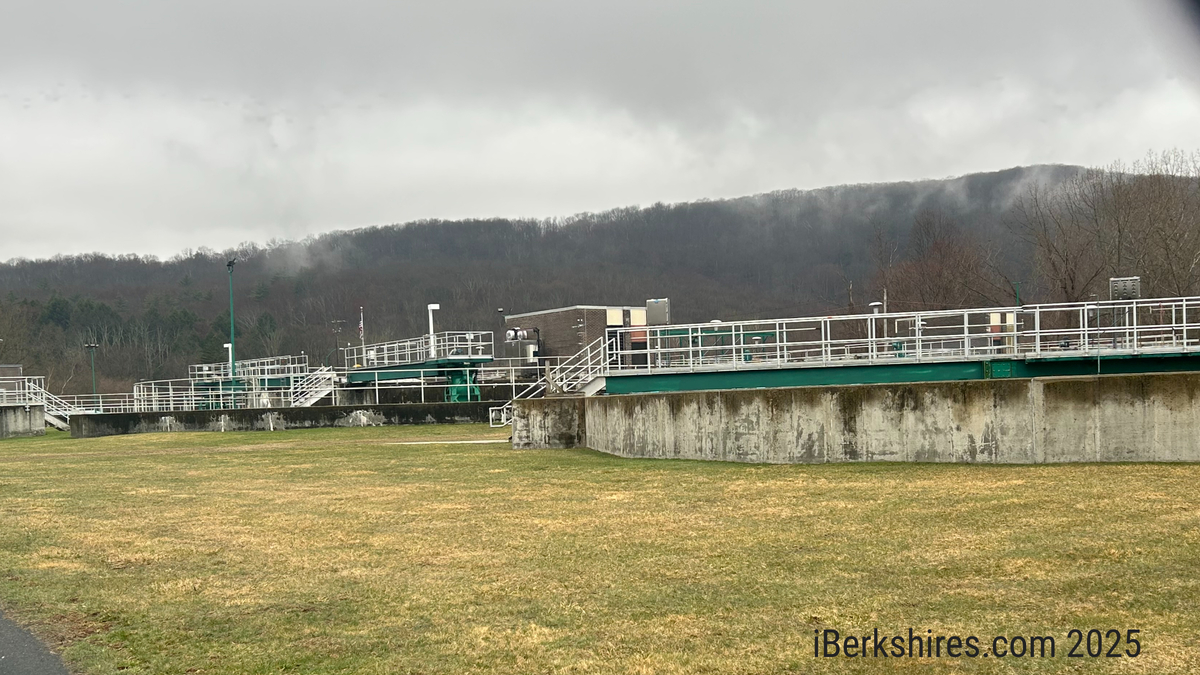
Winthrop Continues to Draw Crowds With 'Counting on Grace'
 |
Author of more than 50 books for adults and children, Winthrop was greeted by a sizable crowd at the House of Local History last week and organizers had to rearrange chairs to fit everyone into their small meeting room.
The author, who has spoken about her novel in towns across Vermont and Massachusetts, discussed her creative process and her journey to find the girl behind the photo.
 "I see this as a book for 9- to 90-year-olds," Winthrop said, adding, "I don't like the way publishers gentrify books."
"I see this as a book for 9- to 90-year-olds," Winthrop said, adding, "I don't like the way publishers gentrify books."She was commissioned to write a book in 1999 and had the idea of mixing a real character with a fictional setting. She first saw the photograph of the little girl at a show of Hine's work at the Bennington (Vt.) Museum. She later learned that the same image had been used on a postage stamp.
"It was her face that drew me," said Winthrop. "It is a beautiful face, but a world-weary face."
In the novel, main character Grace Forcier deals with the struggles of mill life. Winthrop, who lives part time in Williamstown, said the novel, set in 1910 in North Pownal, Vt., was "very much a local setting."
While the character is fictional, Winthrop was intrigued by the real-life story of the "sad little mill girl" in the photograph whom Grace was based on. After her novel was finished, she spent a great deal of time researching the life of the young mill worker who had been identified as Addie Laird.
Where others had failed, Winthrop discovered information about the girl, whose name, she found out, was really Addie Card. Through her research at the National Archives in Pittsfield, she found more details about Addie, who lived to the age of 94. (Writer Joe Manning would also take up the search for Addie, including tracking down her relatives.)
Winthrop felt that the spirit of Addie haunted her. When her search for Addie's family had stalled, a local library offered one last place to check.
The librarian returned with a book containing Card's marriage certificate. "'It's as if Addie pushed the book off the shelf,'" the librarian told Winthrop.
As Winthrop was talking about one of Addie's relatives who thought unfavorably about her, one of Hine's black-and-white photographs fell off the wall.
"See, she haunts me to this day," said Winthrop.
Denise Peltier, of Pittsfield, said her home-schooling family had read many of Winthrop's books, including "Counting on Grace." Peltier's grandmother had worked in mills in the early 1900s in upstate New York.
"That was a big connection for me," said Peltier.
"When you start a book, you have no idea where it's going to take you. Sometimes it's a wild ride," said Winthrop.
Some of her writing processes allowed her to visualize the setting of her novel, she said. "When I have a setting, the story moves."
Upon realizing she only needed to travel six miles, Winthrop drove to the site of the North Pownal cotton mill (later the Pownal Tanning Co.) along the Hoosic River where Addie had worked. There's a park where the mill once stood.
"I went back and I stood on the site of the mill many times when I was writing this book. I would position myself on the bank above the river and close my eyes and imagine [the mill] stood there still. And behind me I could imagine that girl in a dirty smock."
| Addie Card, third from left, with co-workers and sister Annie, to her right |
Winthrop's research encouraged her to look into her own family's background. Her grandmother on her father's side was Eleanor Roosevelt's first cousin, so the writer knew that part of her family history. But she didn't know much about her mother's side.
"No one had ever asked about her life," said Winthrop, who discovered that one of her relatives on her mother's side had been a spy for MI5, Britain's military intelligence agency.
Life for Children in the Mills
Through her research, Winthrop was able to gain insight into the lives of children in the mills. From the photo of Addie alone, she learned that the girls working in the mills had to wear their hair tied up because of the danger of being scalped if their hair got caught in the spinning frame. She also learned that Addie would have worked 12 hours a day, six days a week, for $2.50 a week.
"That's a lot of work for a 12-year-old," said Winthrop.
The author showed another Hine photograph of boys working in a coal mine whose job it was to pick out the bad pieces of coal sliding down chutes. An older boy, in the background, holds a pole to prod the others and keep them awake so they wouldn't fall into the chute.
"The dirt in the air is palpable," said Winthrop about the photo.
Along with Hine's photographs of mill workers, his pictures of Ellis Island immigrants are famous. He also followed the children into America and worked from 1908 to 1917 for the National Child Labor Committee, which was pushing for an end to child labor. For more photos by Hine, click here. For a biography on Hine, click here.
 Photo Lyndsay DeBord
Elizabeth Winthrop signs copies of 'Counting on Grace. |
The author also said the problem of child labor has not gone away and questioned what Hine would have to say today about children workers in other countries.
"Because he saw each one of them as a separate human being, he forces us to do the same — and that is why his pictures haunt us to this very day — and that is why I had to find Addie," Winthrop said.

















